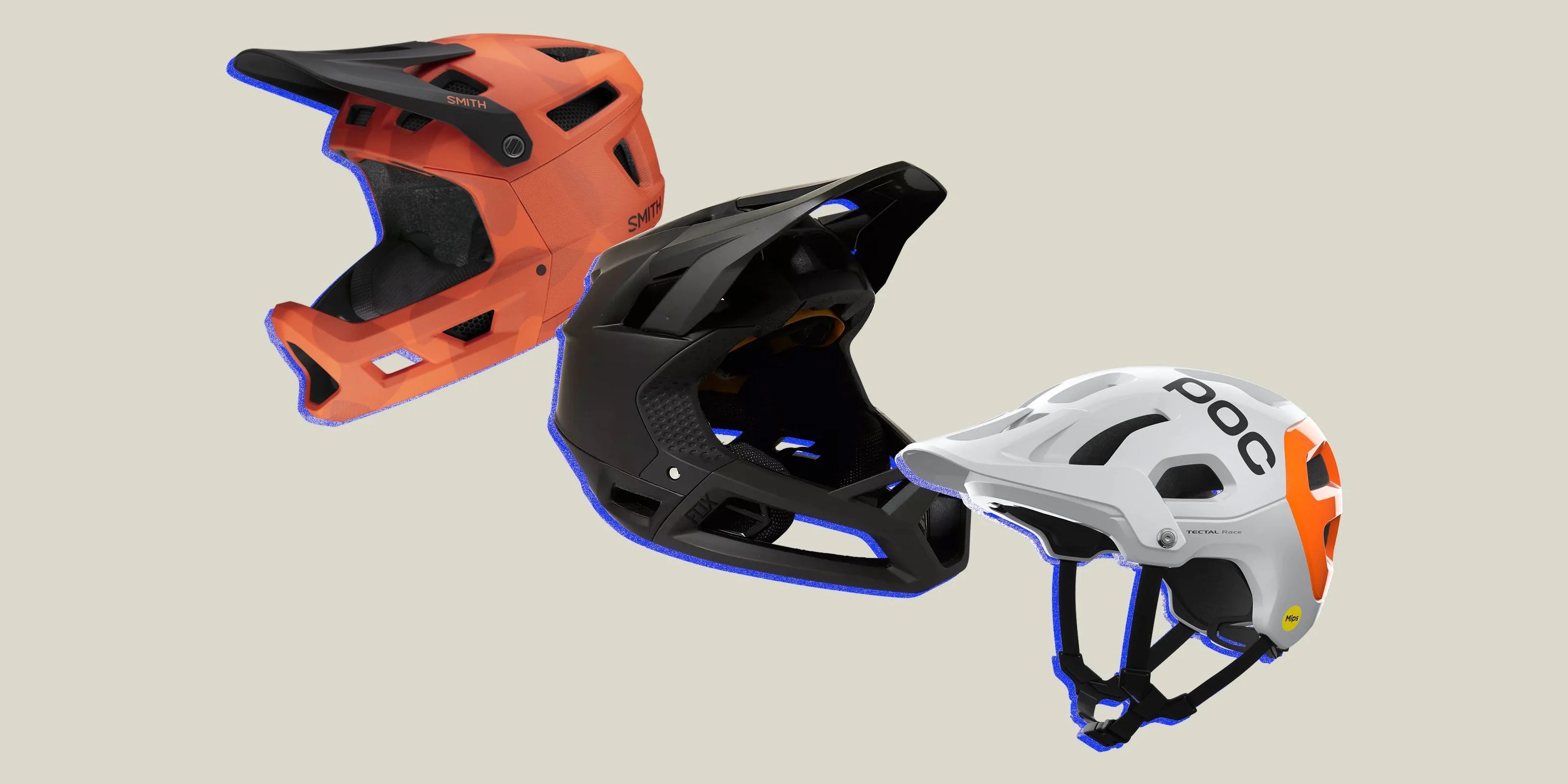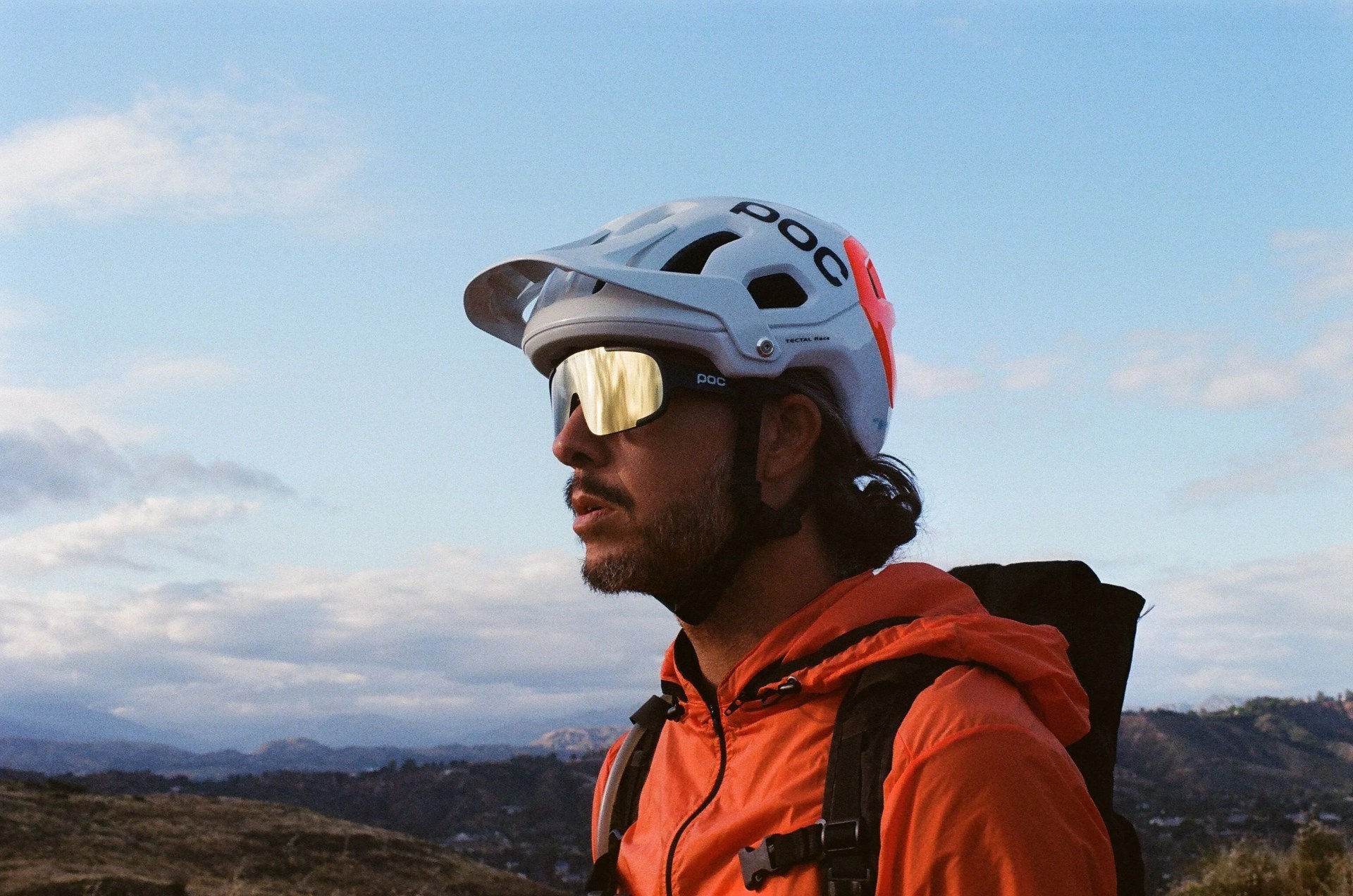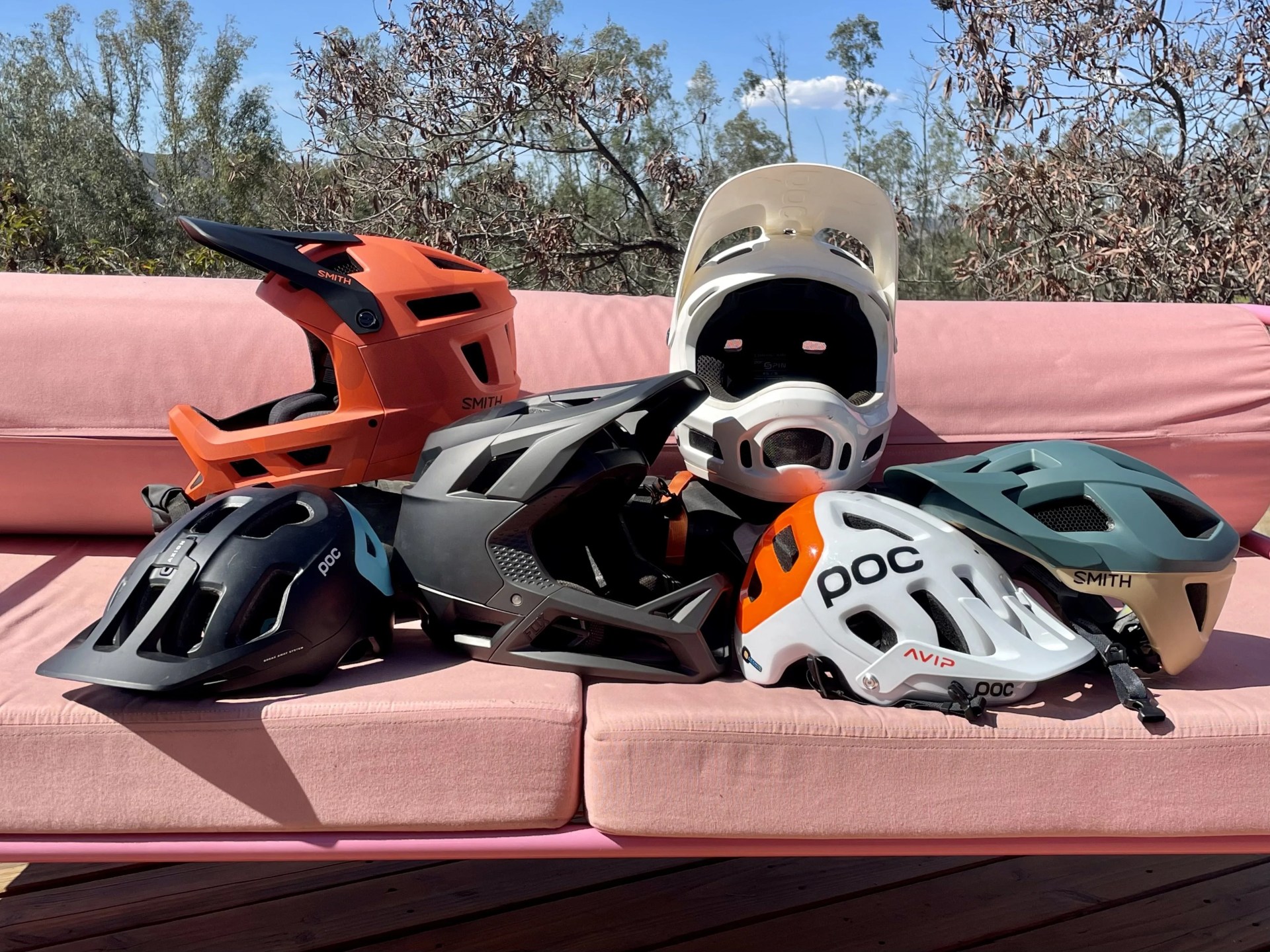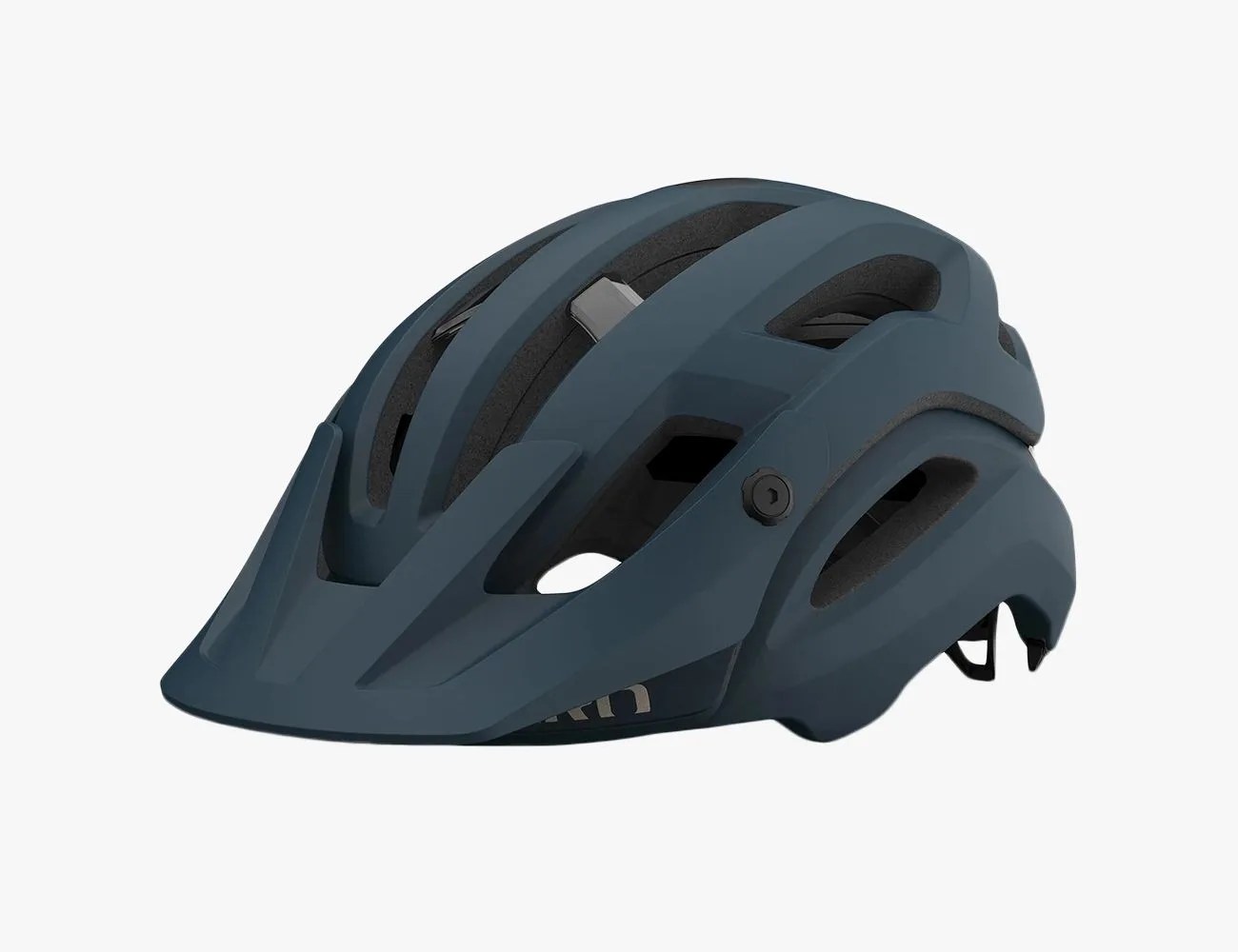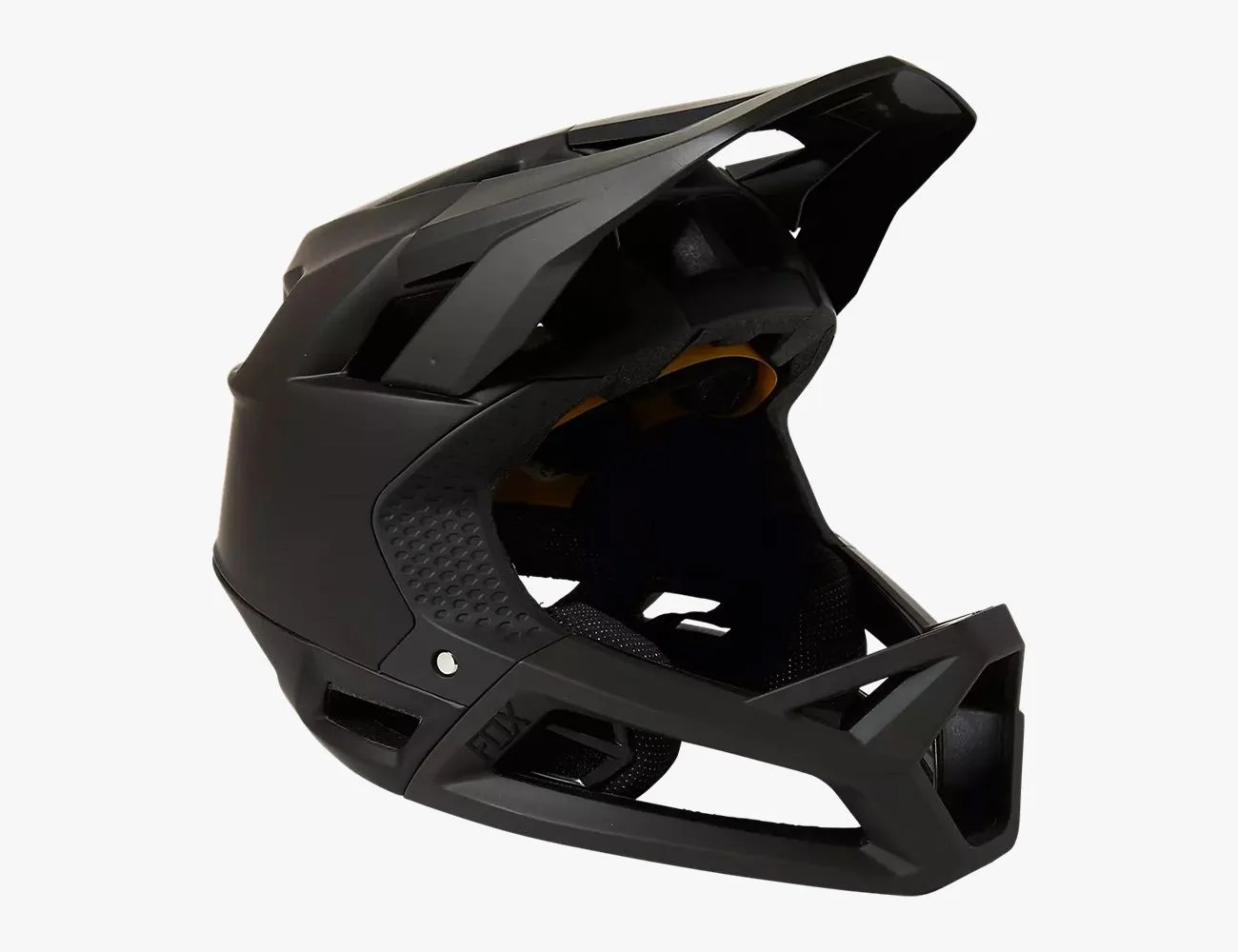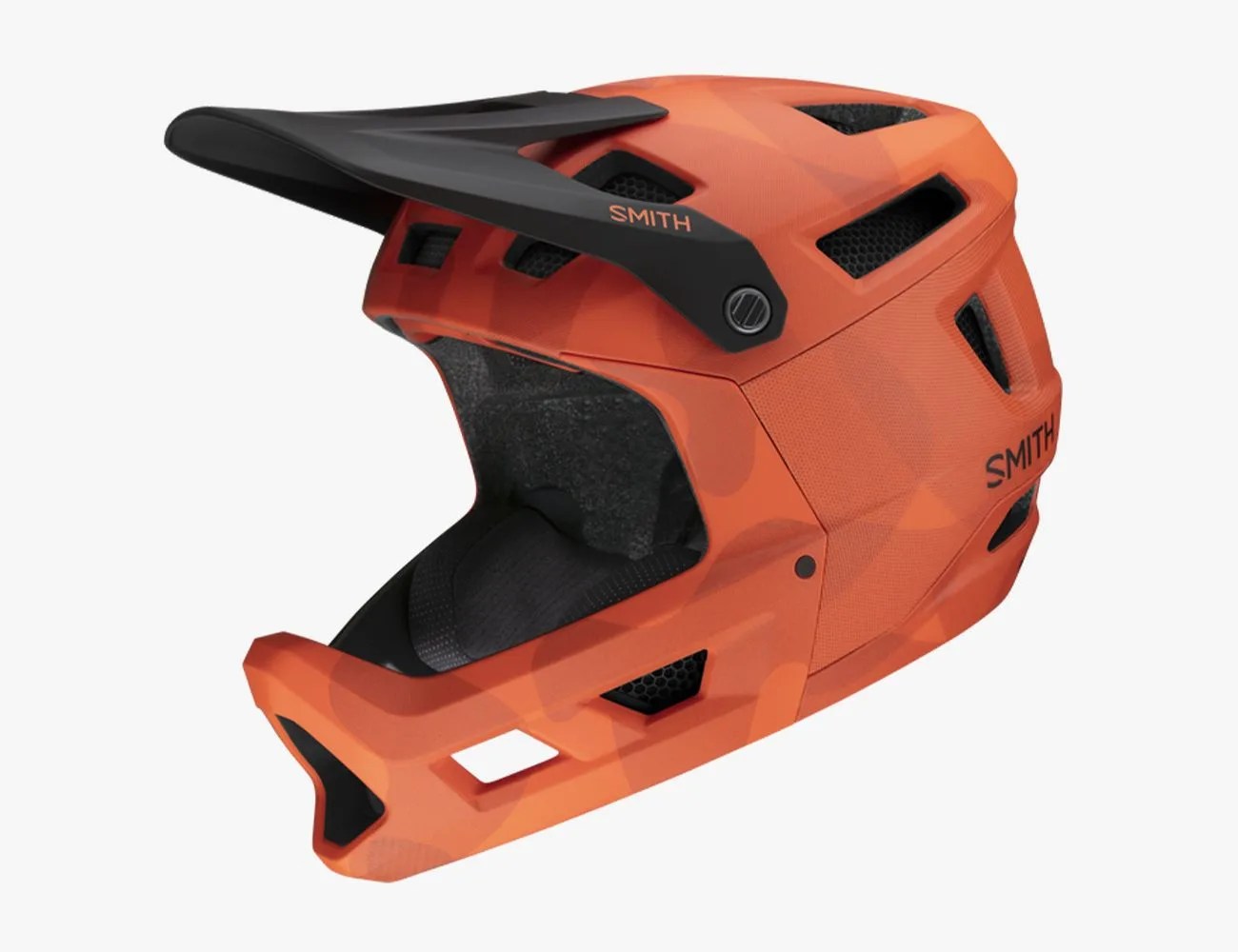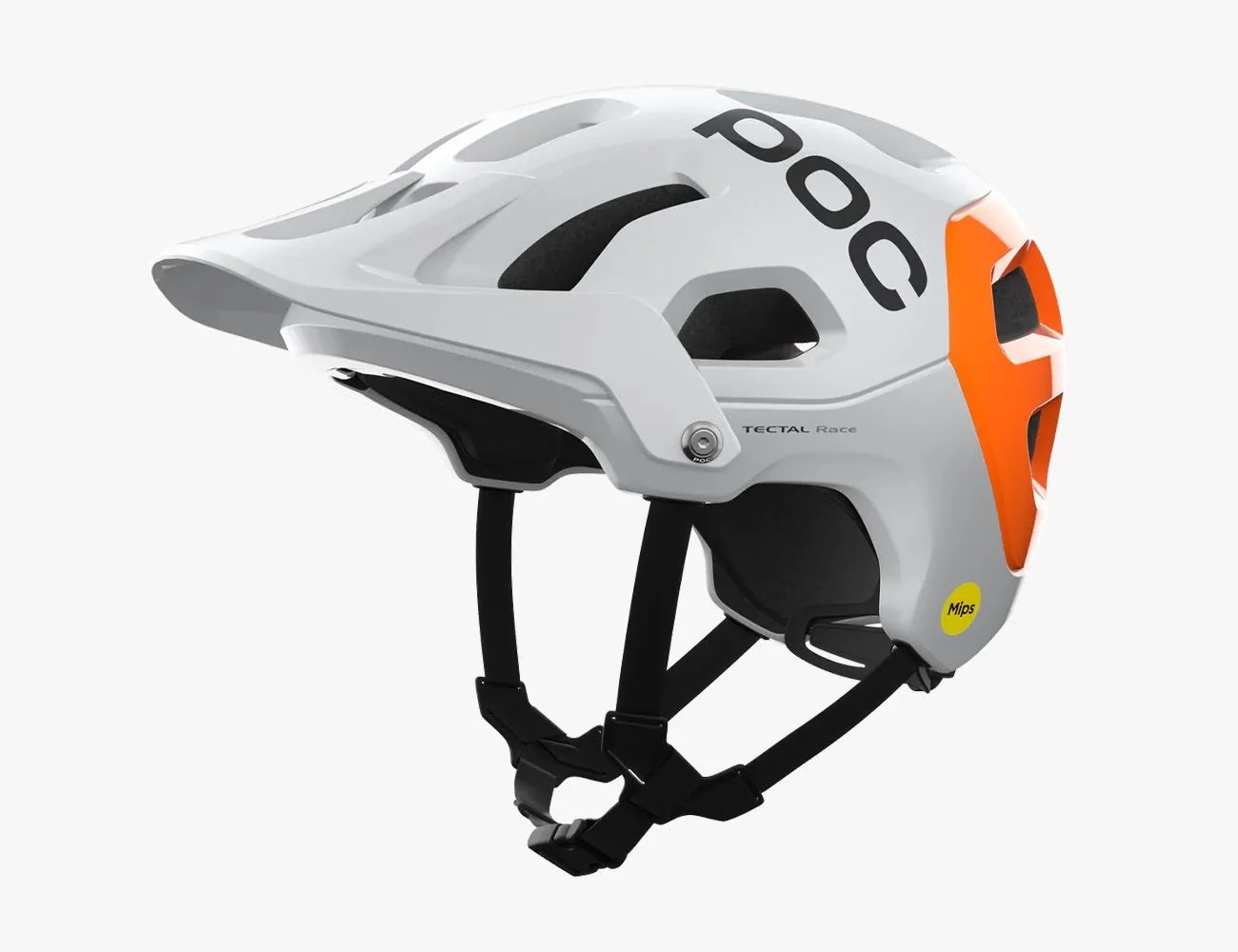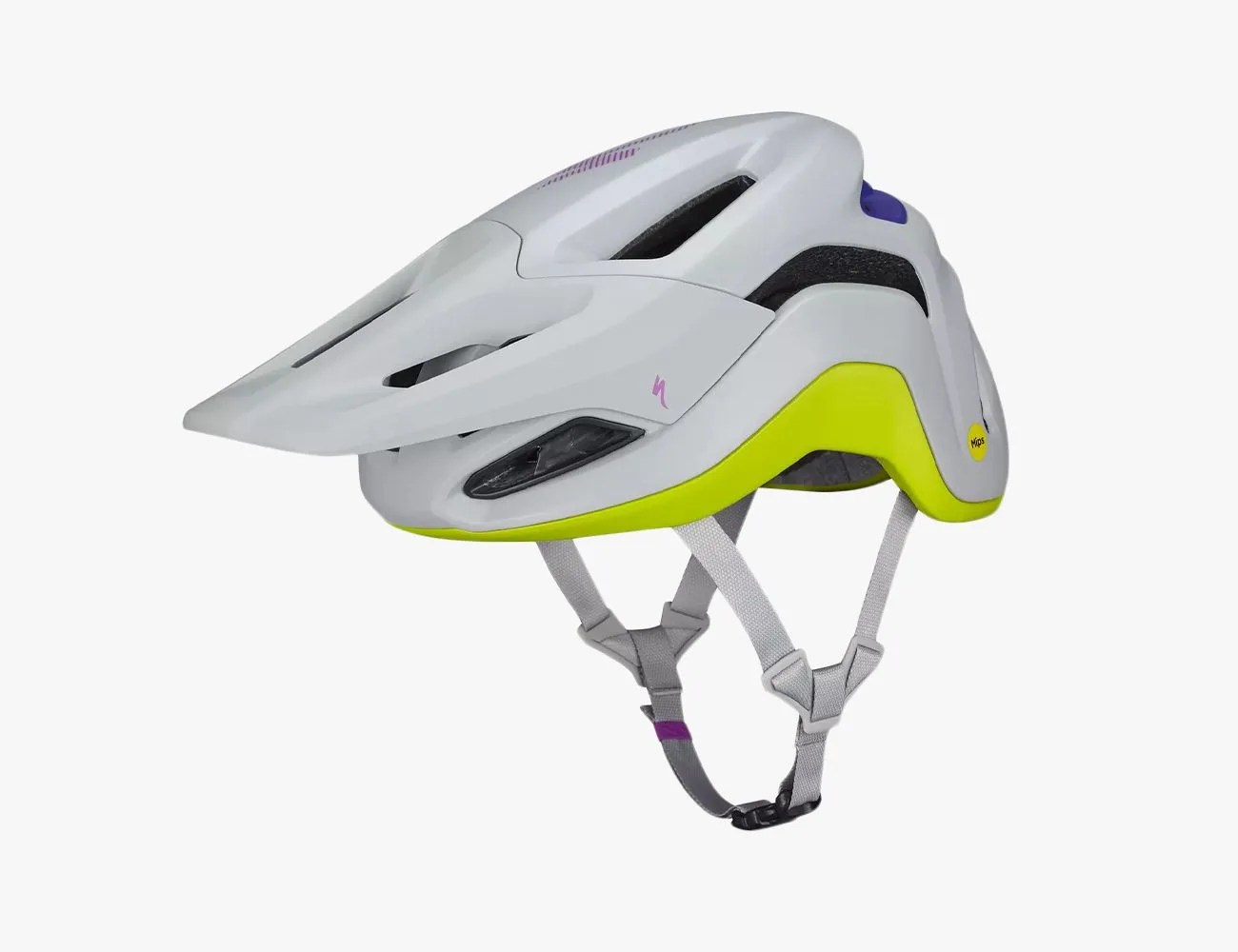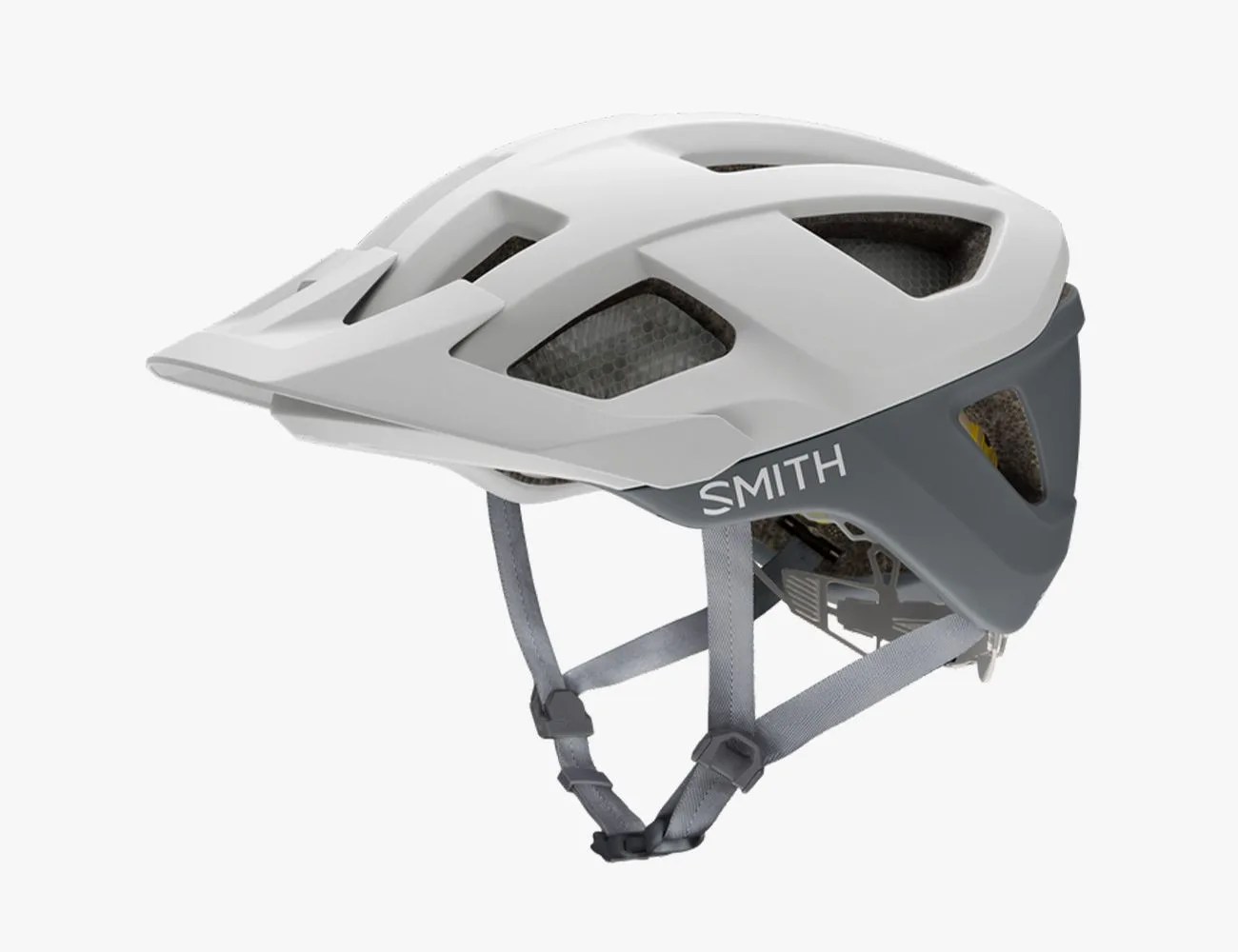Do you remember the clunky, heavy, unappealing helmets of yesteryear? Helmets used to be bulky, cumbersome “Do I have to wear it??” additions to any cycling kit, but anyone that’s ridden dirt knows that a protective lid, no matter how dorky or unappealing, is non-negotiable if you want to rip trails.
Lucky for you, me and anyone riding a mountain bike these days, cycling brands have pushed the proverbial envelope when it comes to both the aesthetic and functional aspects of mountain bike helmets. The designs of today look downright cool, which is really just a bonus in our book, but they also perform and protect better than their predecessors, as well.
If you’re in the market for a new helmet and don’t know where to start, don’t worry: we’ve got ya covered.
Products in the Guide
-
Giro Manifest Spherical
Best Overall Helmet
Read more -
Fox Racing Proframe Matte Helmet
Best Upgrade Helmet
Read more -
Smith Mainline
Best Looking Full Face Helmet
Read more -
POC Tectal Race Mips NFC
Best For Long Days in the Saddle
Read more -
POC Coron Air Mips
Most Dependable Full Face Helmet
Read more -
Specialized Ambush 2
Most Unique Open Face Helmet
Read more -
Smith Session
Best Wallet-Friendly Helmet
Read more
What to look for in a mountain bike helmet
Safety Certifications
In the United States, it’s a federal requirement that every helmet sold is U.S. Consumer Product Safety Commission (CPSC) certified. Mountain bike helmets use the ASTM (American Society for Testing and Materials), Snell and the CPSC safety standard certifications, and although only the CPSC is required, all are available to prove that the helmet in question is safe and effective.
Tangentially related to safety certifications are safety technologies — most riders will recognize the name MIPS, or Multi-Directional Impact Protection System, which is designed to reduce and redirect rotational motion from angular impacts. Wavecel is a similar technology: the company’s website describes it as behaving “like a network of hundreds of interconnected shock absorbers connecting your head and the outer shell of the helmet”, redirecting rotational forces.
